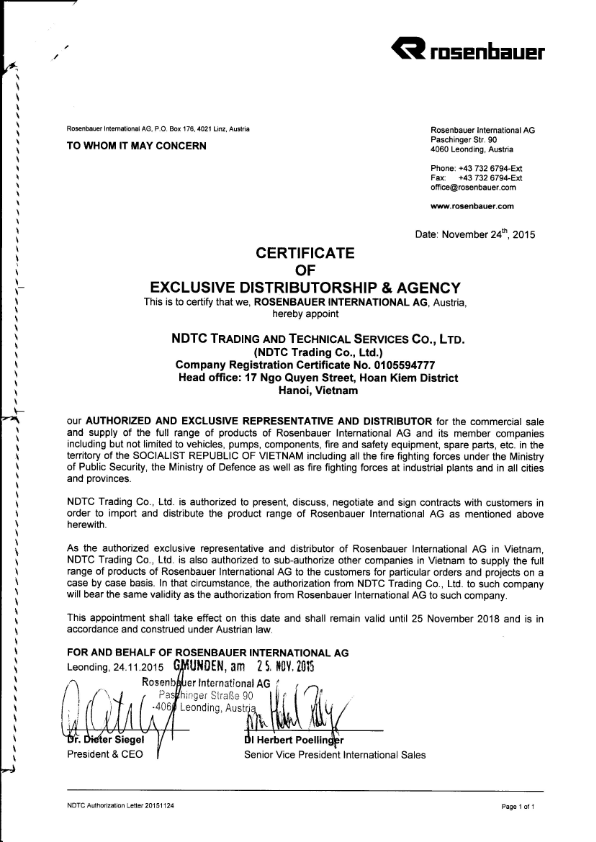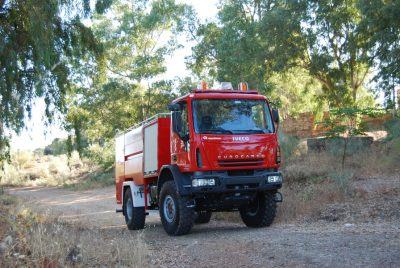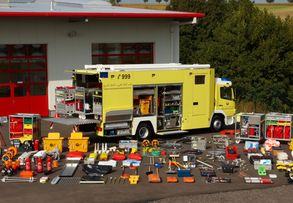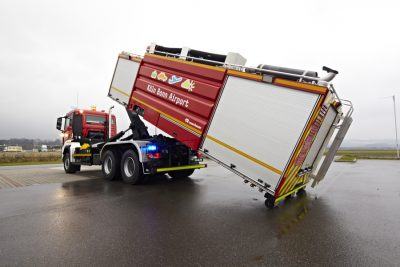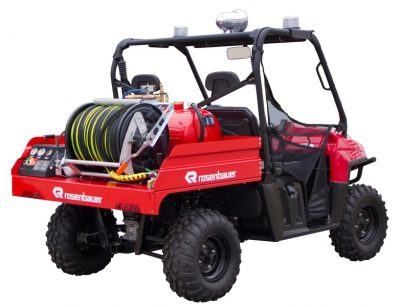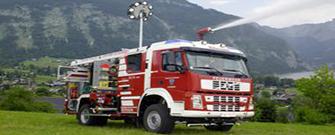Specialized Vehicles
Command Vehicles
CONCEPT
The field of activities of a command vehicle, regardless of the specific operational situation, generally include:
- Management of the entire operational procedure
- Transport and support of the operational leader/staff
- Transport of command materials
- Handling of radio transmissions to the operation site
- Handling of radio transmissions between the operation site and a superior guiding authority
This vehicle is often described as a mobile office with comprehensive equipment in the vehicle interior.
FULFILLS STANDARDS IN AUSTRIA AND GERMANY
These vehicle concepts have been standardized since 1999 for use in Germany:
- DIN 14507-2 through
- DIN 14507-5
Austrian vehicles are not subject to German standards or norms, however, they have similar equipment for executing the same tasks.
The following guideline is applicable in Austria:
- ÖBFV no. FA 32 of the Austrian Federal Fire Brigade Association
- the construction guidelines of the individual federal states as well as
- different customer-specific requirements
Rosenbauer takes these different requirements into account for each individual order as early as the planning stage.
EXTENSIVE EQUIPMENT ELEMENTS
- Electronic databases
- Computer systems
- Video transmission systems
- Satellite communication module and much more
The electrical vehicle equipment and interior fitting is selected in close cooperation with the customer to ensure optimum operation and commissioning of the vehicle. Of course, all Rosenbauer command vehicles meet the relevant country-specific standards.
COMMAND VEHICLE FOR SMALL FIRE AND DAMAGE RISKS
The standardized command vehicle (DIN 14507 part 5) is used for smaller operations. As the transport and official vehicle of operation management, it is used as an independent lead vehicle for coordinating and cooperating with other vehicles participating in the operation. Generally, a command vehicle, i.e. a passenger or station car, reaches much higher speeds than conventional emergency vehicles on truck chassis. This allows the operational leader to obtain a proper overview of the situation before the remaining team arrives and in order to then be able to instruct additional emergency personnel if necessary.
The comprehensive special equipment inside the vehicle consists of:
- SCBAs
- Radios
- Hand lights
- Command materials
- Traffic paddle
COMMAND VEHICLE FOR MEDIUM RISK OF FIRE AND DAMAGE
The standardized command vehicle (DIN 145071) is the standard lead vehicle for many fire departments.
For small to medium-sized operations, this vehicle accommodates operation management and supports the fire department in its alarm and response regulation as the lead vehicle in a single fire brigade.
A minibus or van is generally used as the chassis for this vehicle. These types of vehicles offer much more work and seating space than a passenger car. Located inside are seat benches, a table and multiple radios.
COMMAND VEHICLE FOR HIGH RISK OF FIRE AND DAMAGE
The standardized command vehicle (DIN 14507 part 3) is designed for the coordination of medium-sized and larger fire department operations and disaster protection. This vehicle design efficiently supports a complete deployment crew .
These vehicles are, therefore, successfully deployed as mobile command aids in larger operational areas or in cooperation with multiple relief organizations and rescue units . The size and equipment of this command vehicle necessary for
- a spacious driver's cabin
- a separate radio and meeting room
- seating space for at least five persons
require a truck chassis.
Coordination. Cooperation. Fire out.
A command vehicle supports deployment crews in the management and coordination of tactical units for fighting fire and disaster operations. The command vehicle is an indispensable instrument for authorities and organizations for controlling and mastering difficult operational situations in a manageable and organized fashion.
Impresses with:
- Best networking with headquarters
- Mobility on and off-road
- Compact and robust for exploratory operations
- Extensive equipment in vehicle interior
- Optimal support of the crew
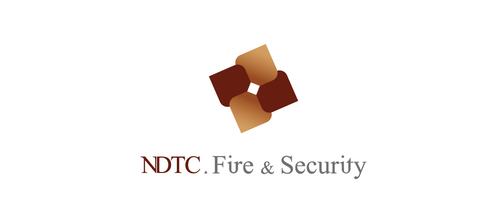
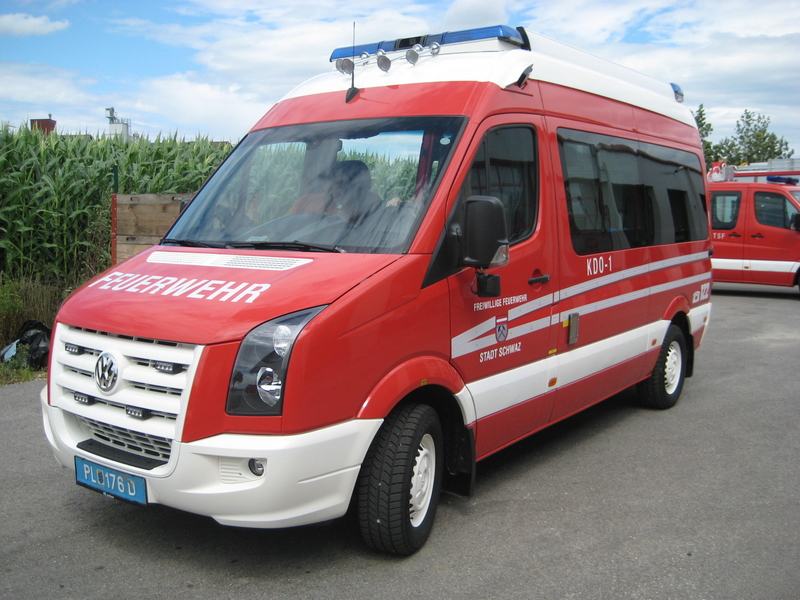
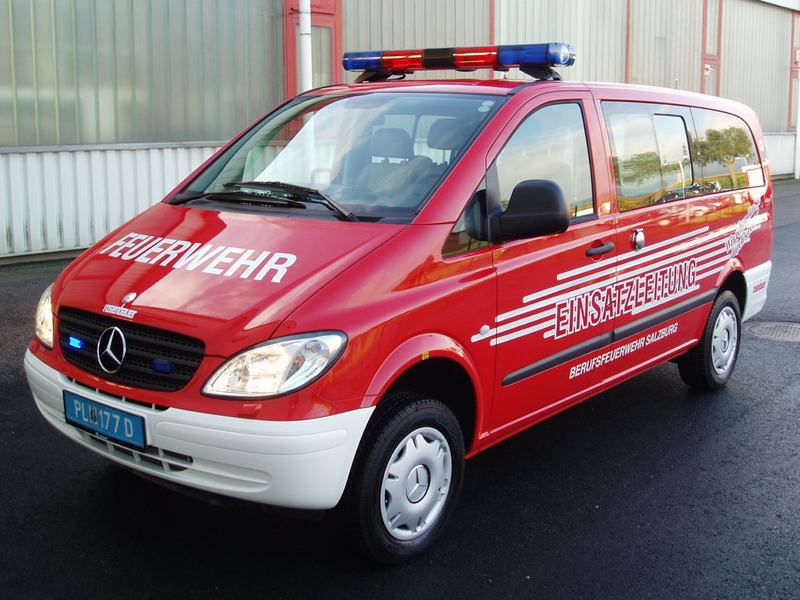
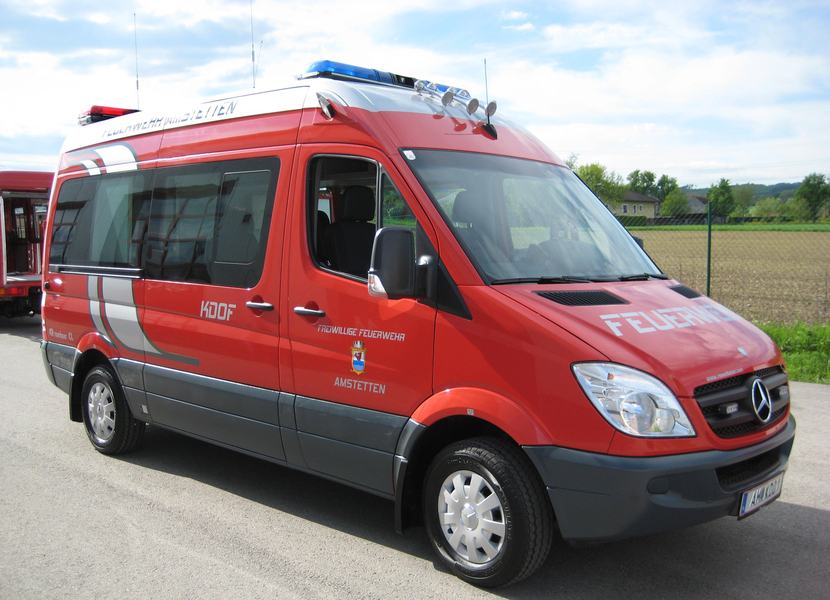
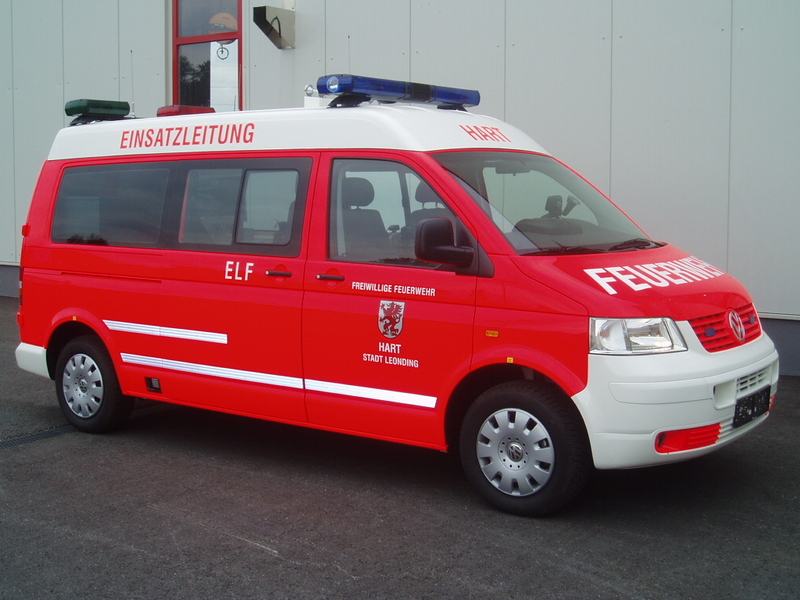
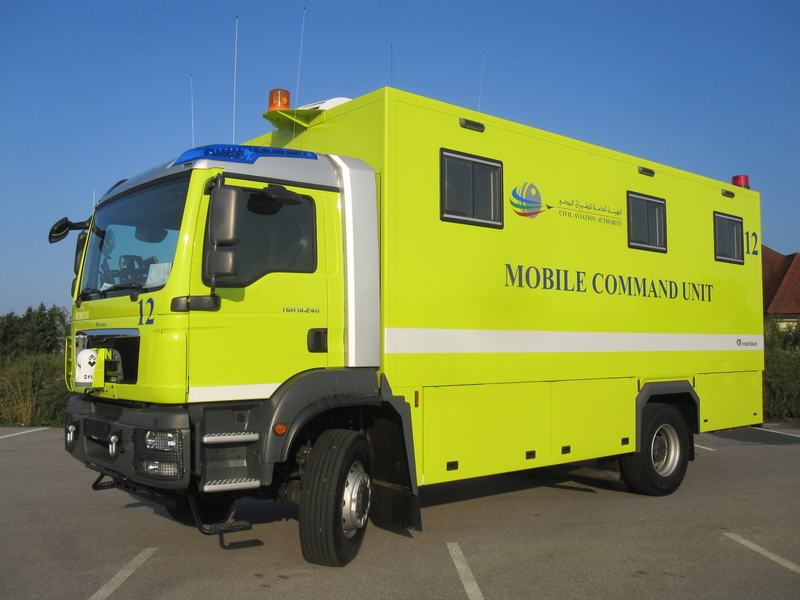
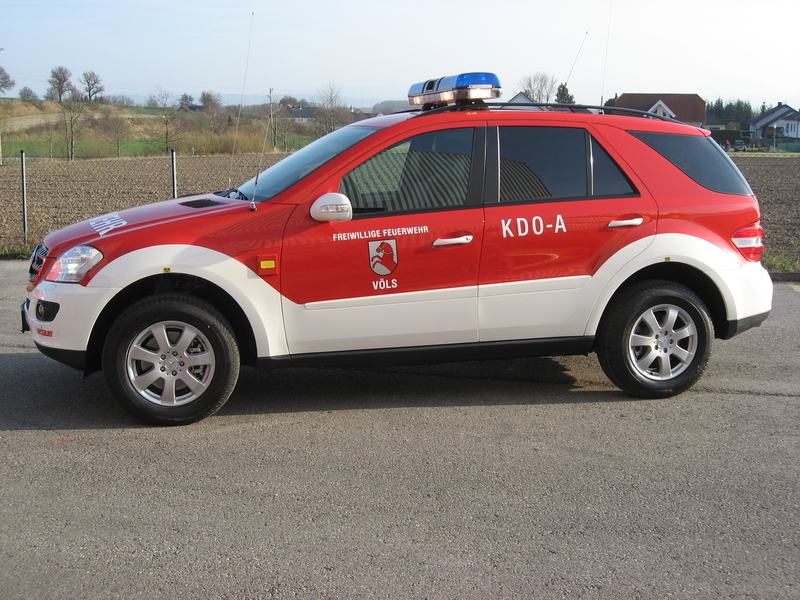
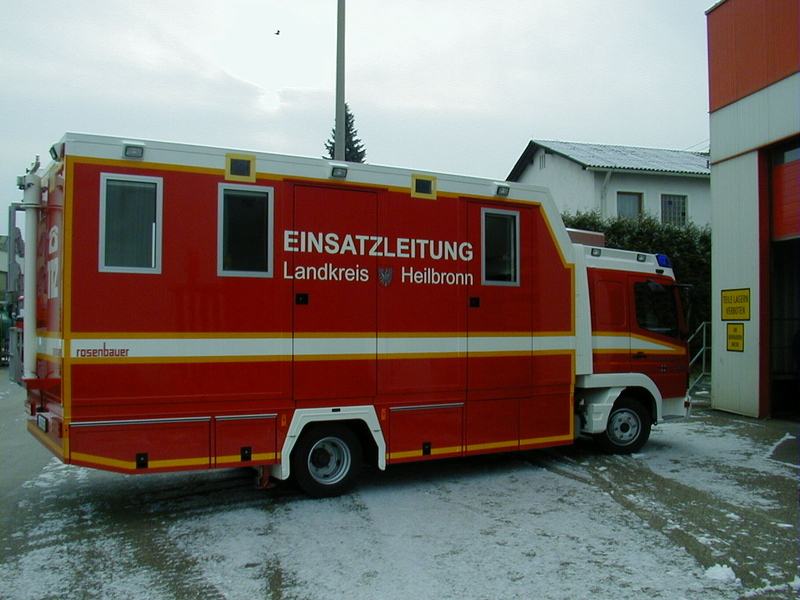
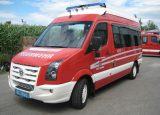
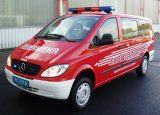
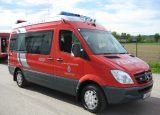
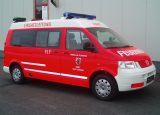
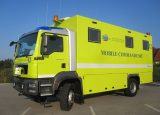
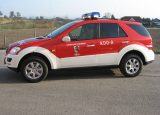
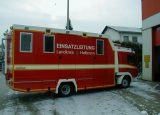
 Depending on customer requirements, the most modern communication equipment can be installed in the vehicle:
Depending on customer requirements, the most modern communication equipment can be installed in the vehicle:




